Merida is the largest city in Mexico’s wild and wonderful Yucatan Peninsula. With an interesting mix of Mayan and colonial culture, the city is encircled by ancient temples, crumbling ruins, sacred cenotes, and colorful mansions.
Lovingly nicknamed ‘the White City’ after its iconic whitewashed buildings, Merida is the perfect base for your Mexican adventure. Among it’s many tourist attractions are archaeological sites and ancient residences. Other things to do in Merida include visiting nature reserves and an abundance of museums and art galleries, all at your fingertips.
12. Dzibilchaltun
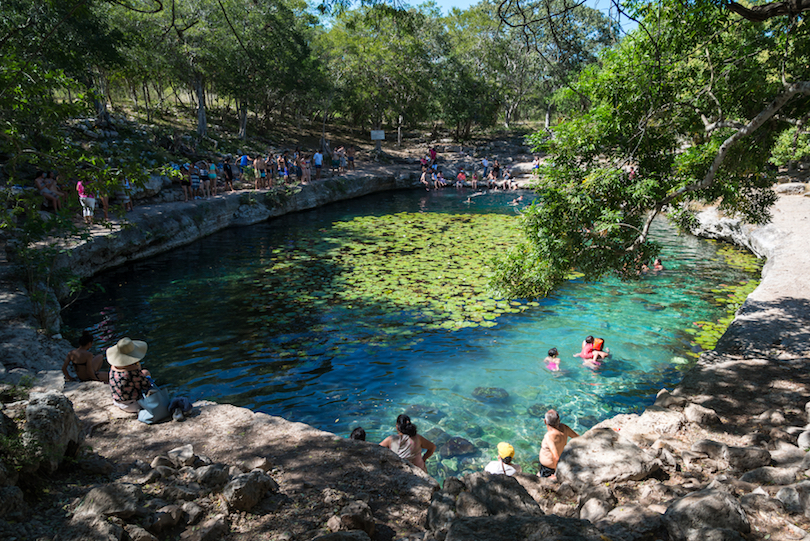
Dzibilchaltun is an important Mayan site in Merida, Mexico. In fact, it’s the longest-serving Mayan city dating back to 1500 BC. As it was home to some 40,000 inhabitants in its prime, it was also one of the largest cities in Mesoamerica. There’s plenty of history to be uncovered here; so far, archaeologists have only discovered a fraction of it.
There are believed to be over 8,400 structures in this old city, so take your time exploring the ruins. Once you’ve worked up a sweat, take a refreshing swim in Cenote Xlacah, where over 30,000 artifacts were found submerged. You can also wander through the open chapel and stroll through the on-site museum, the Museo del Pueblo Maya.
Dzibilchaltun is especially worthy of a visit during the twice-yearly equinox. In March and September each year, direct sunlight illuminates the main door of the Templo de las Siete Muñecas (Temple of the Seven Dolls), which is best seen at sunrise.
11. Palacio del Gobierno
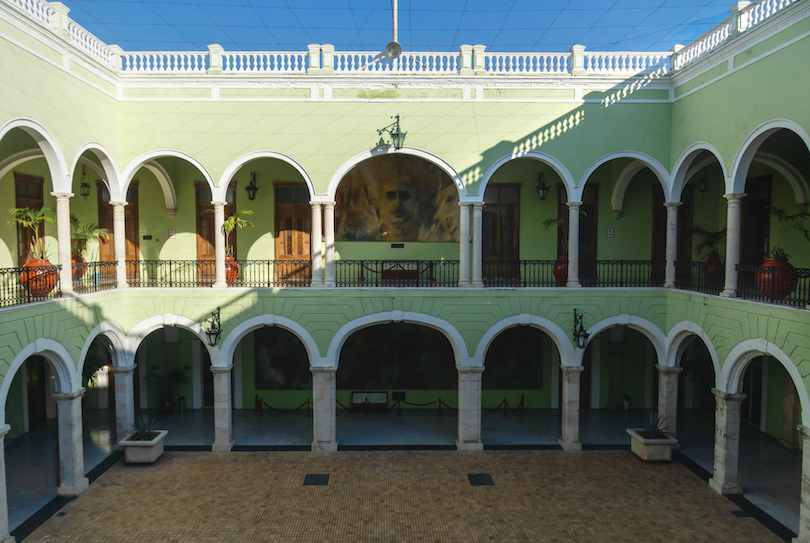
Within the green neoclassical façade of the Palacio del Gobierno (the Government Palace, or the State Capital Building) lie the government offices of the Yucatan state. Spread across two stories, the building boasts an impressive stone staircase, a replica of the Dolores bell, as well as murals and paintings created by local artist Fernando Castro Pacheco, that tell the tale of Yucatan’s enthralling history.
Inaugurated in 1892, the building once held the HQ of the royal houses, but these were torn down, and the current Government Palace was built in its place. Today, the Palacio del Gobierno opens its doors to visitors, who can explore its halls for free every day of the year.
10. Casa de los Montejo
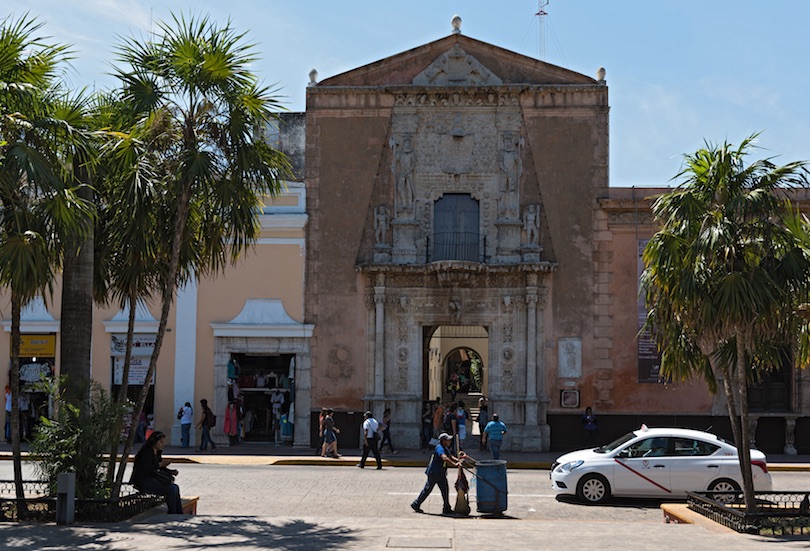
The Casa de los Montejo is a 16th-century mansion turned museum and bank that boasts various art exhibitions and cultural events in Merida, Mexico. The former home of Francisco de Montejo, the Spanish conquistador who founded the city in 1542, the facade and interior is a combination of the Spanish Plateresque style and Italian Gothic-Renaissance architecture.
Today, the Casa de Montejo showcases extraordinary exhibits from both local and international artists. Visitors can join free daily guided tours of the residence offered at various times throughout the day.
9. Plaza Grande
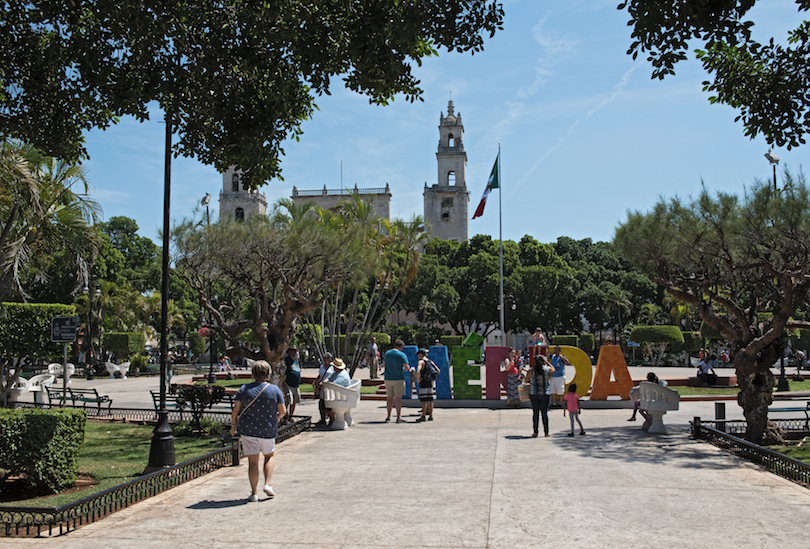
Flanked by gorgeous, pastel-colored buildings and the historic city cathedral, the Plaza Grande is one of the most attractive plazas in Merida. Shaded by enormous laurel trees, its benches are a great place for locals and tourists alike to relax during the day.
While it’s undeniably a great spot to sit down in an otherwise concrete jungle, the plaza is often a hive of activity – which is all part of its charm, of course. Witness the daily Mexican flag raising and lowering ceremony, explore the bustling craft market on Sundays, and enjoy the animated live music performances held here just about every night of the week.
Plaza Grande is naturally the focal point of the city and a popular hangout spot in the center of Merida. Formerly known as the Plaza de Armas, it was constructed on the site of the ancient Mayan city of Tho.
8. Paseo de Montejo
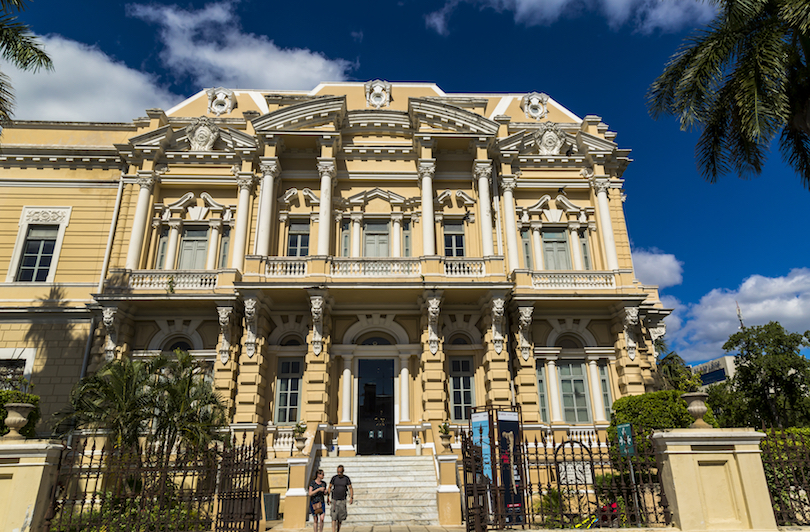
The Paseo de Montejo is a famous tree-lined boulevard in Merida, Mexico. Named after the city’s founder, Francisco de Montejo, and designed to replicate a Parisian avenue, it’s home to some of the most iconic buildings, landmarks, and monuments in the city.
Dating as far back as Mérida’s golden age, this 19th-century thoroughfare is lined with shops, market stalls, and colonial mansions that once housed Mexican nobles. Attractions include Las Casas Gemelas, the Casa Peón de Regil, La Quinta Montes Molina residence, and the Anthropology and History Museum located within the Palacio Cantón.
Other highlights along the Paseo de Montejo include taking a leisurely stroll for ice cream at Sorbetería Colón, dining at one of the restaurants near Calle 41, and visiting the Monumento a la Patria, dedicated to Mexico’s rich cultural history.
While the best way to soak up the sights of this beautiful boulevard is on foot, you can also hop aboard a traditional horse and cart ride.
7. Mayapan
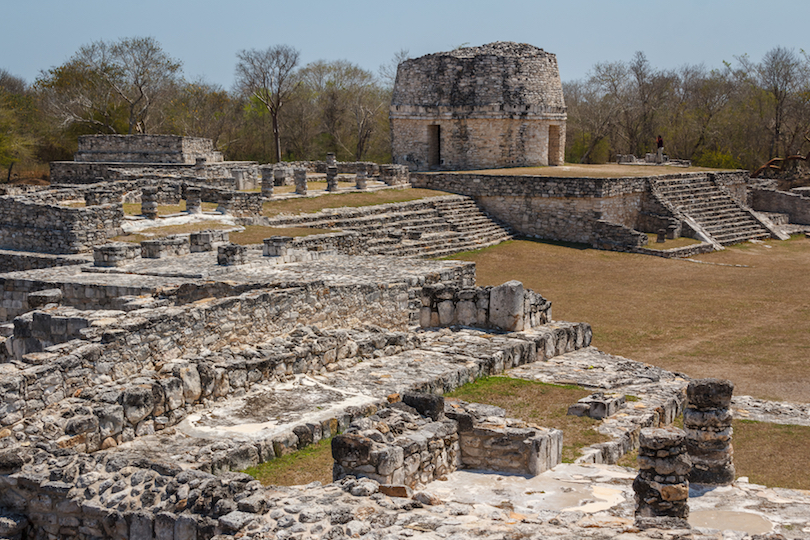
Mayapan is an ancient Mayan archaeological site that makes for a fantastic day trip from Merida, Mexico. While the ruins themselves may not be as impressive as, say, Chichen Itza, it’s still historically important – and gets much fewer tourists, which is a huge plus.
Not to be confused with the nearby village of the same name, the Mayapan ruins are one of the few Mayan sites where you can actually climb to the top of the pyramid. In its hey-day, the city served as the cultural hub of the Mayan civilization during the Late Post Classic period between 1220 and the 1440s.
There are over 4,000 structures and shrines to be seen, most of which served as private residences, as well as 20 cenotes and the remains of the old city walls. Excavations began in 1939 and are still ongoing.
The main highlight of the Mayapan ruins is the pyramid-shaped Temple of Kukulcan, also known as the Castillo. With its four staircases and nine terraces, it’s a copy of Chichen Itza – albeit on a far smaller and less impressive scale. The Templo Redondo – the Round Temple – is also similar to El Caracol at Chichén Itza and well worth a visit.
6. Celestun Wildlife Refuge
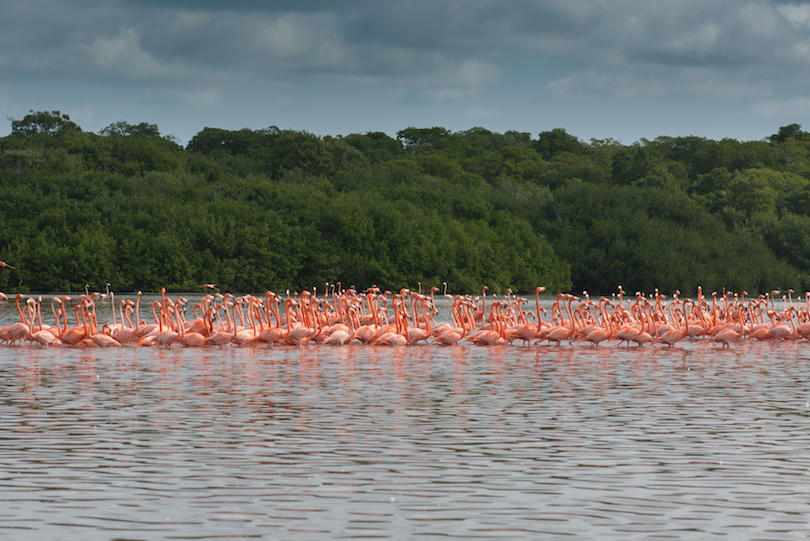
Made up of mangrove tunnels, an estuary, and coastal shrubland, the Celestun Wildlife Refuge is a beautiful biosphere reserve located on the north-western tip of the Yucatan Peninsula. It’s famous for the thousands of pink flamingoes that wade in the waters of the natural estuary here.
Visitors can explore the bird islands, mangrove channels, and lagoons on a guided boat cruise of the Celestun Wildlife Refuge. The park is home to over 200 species of animals, from pelicans and sea turtles to iguanas and crocodiles. There are also over 300 species of birds; keep an eye out for the Yucatan Wren and the American white pelican, one of the largest birds in North America!
And the best part? You can cool off with a swim in the Ojos de Agua (Eyes of Water) – deep, spring-fed pools tucked away within the mangroves.
5. Hacienda Sotuta de Peon
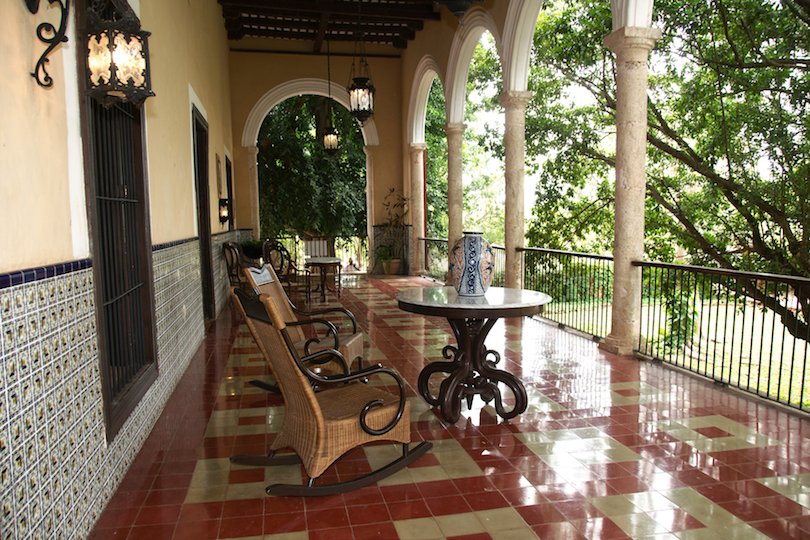
Experience a day in the life of the late 19th-century with a tour of this original homestead – now a living museum. Step back in time as you stroll through a working Hacienda Henequenera, created in the traditional architectural style of the era.
Visitors can learn about the process of Henequen-making, also known as the region’s ‘green gold,’ in the Casa de Máquinas (Machine House). You’ll be able to see how this precious resource is crafted – from the plant to the final product.
During the tour, you’ll also visit the Maya House and have an opportunity to swim in a cenote, but the highlight has to be the ride on the original ‘trucks’ – wooden platforms pulled along Decauville rails by mules.
4. Merida Cathedral
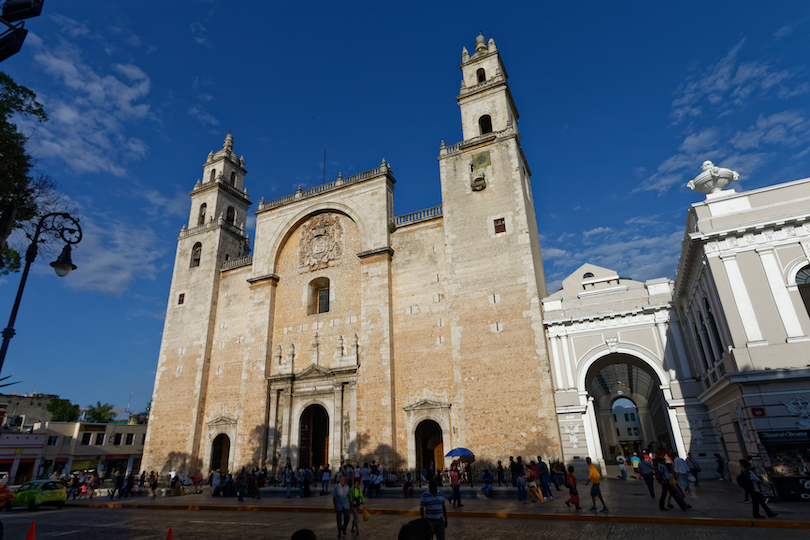
Built in the 6th-century, the Merida Cathedral is one of the oldest cathedrals in the Americas. As it was established on the site of a former Mayan temple, some of the ancient stone from the temple was used to build it.
The major highlight in the cathedral is the enormous crucifix located behind the altar, known as Cristo de la Unidad (the Christ of Unity). This cross symbolizes the peaceful resolution between the Spanish and the Mayans.
Don’t miss the Cristo de las Ampollas (the Christ of the Blisters), found in the chapel alongside the altar. It’s one of the most famous religious artifacts in Merida, Mexico!
3. Gran Museo del Mundo Maya
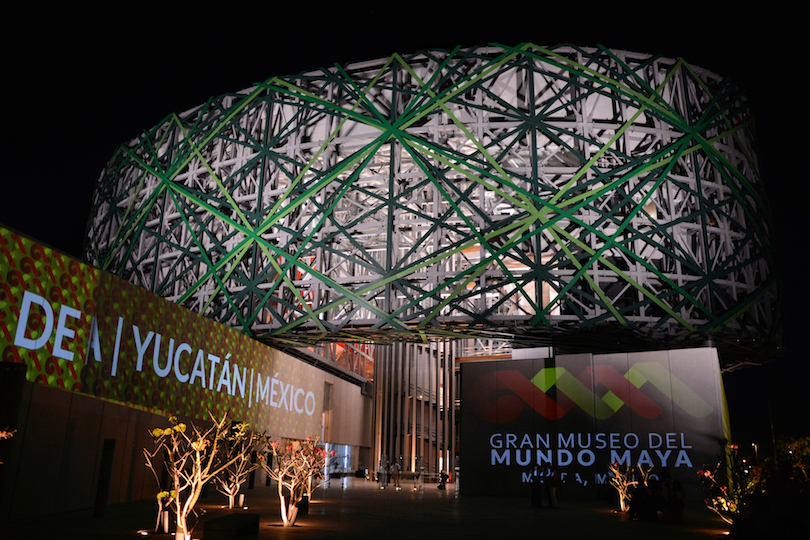
The Gran Museo del Mundo Maya (the Great Museum of the Mayan World) is a museum that highlights the charms of the ancient Mayan culture. Visitors can browse over a thousand artifacts, including a timeworn statue that came from Chichen Itza.
Inaugurated in 2012, the museum was built in the shape of a ceiba tree, a religious shrub that symbolizes the universe. There are four permanent rooms to explore with over a thousand archaeological Mayan artifacts within them, boasting everything from books and stone sculptures to textiles and pottery.
Don’t miss the incredible light and sound show of the Grand Museum of the Mayan World, which is shown free of charge at sunset on Friday, Saturday, and Sunday nights.
2. Uxmal
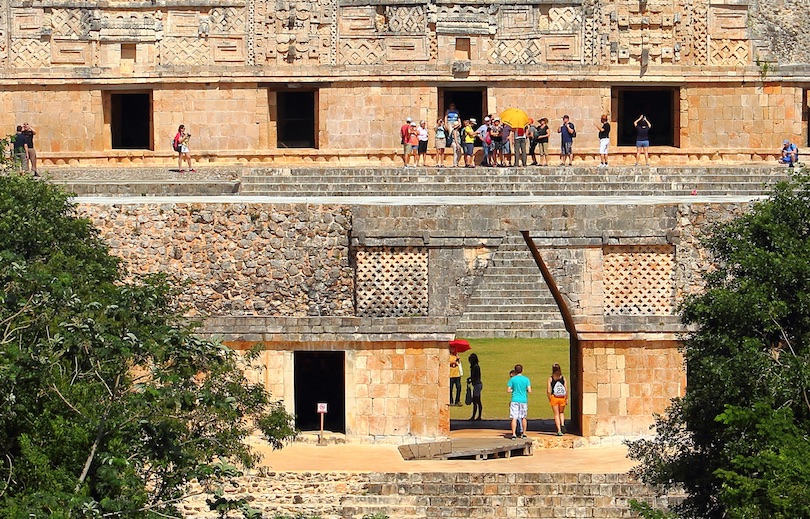 [/credit_image type="dreamstime"]
[/credit_image type="dreamstime"]
Another popular day trip from Merida, Uxmal is a famous Mayan archaeological site on the Yucatan Peninsula – and quite possibly the most photogenic. Built in the Puuc architectural style, the Mayans lived in this ancient city over 3,000 years ago. Today, the ruins remain steeped in mystery.
Located just over an hour’s drive from Merida, you can climb most of the structures at Uxmal, barring the Pyramid of the Magician. Highlights include climbing the massive pyramid near the governor’s palace and the nunnery quadrangle, as well as visiting the House of the Turtles and the Ball Court. Don’t miss the nightly light and sound show that’s projected on the walls of the ruins at sunset.
1. Chichen Itza
[credit_image type="dreamstime"]
The ultimate day trip from Merida, Chichen Itza should be on everyone’s Mexican bucket list – it’s one of the New Seven Wonders of the World for good reason. These much-anticipated crumbling Mayan ruins are located just an hour and a half’s drive away from Merida.
Having served as the political and economic center of the Maya civilization between 750 and 1200 AD, Chichen Itza (which means ‘at the mouth of the well of Itza’) is surrounded by gorgeous cenotes and Mexican sinkholes.
Highlights at Chichen Itza include the Temple of the Warriors, the Great Ball Court, and the Sacred Cenote (believed to be an ancient site of religious sacrifice). Don’t miss El Castillo, a historic building that honors the Plumed Serpent. During the spring and fall equinox, the sun creates a truly unforgettable snake-like light show on the steps of the pyramid.
Best Time to Visit Merida
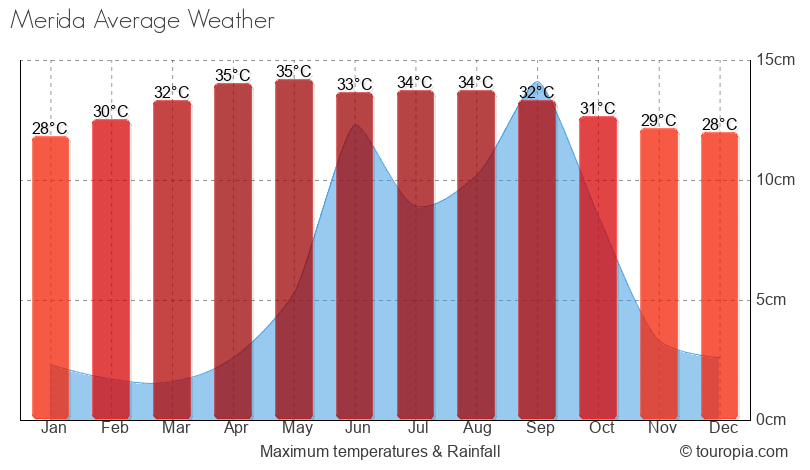
As the sun is shining and there is hardly any rainfall, November to April is the most popular time to visit Merida. Temperatures steadily increase from 29 to 35°C (84 to 95°F) before the Mexican monsoon season sets in.
As the scorching heat is still bearable, both November and December see massive numbers of holidaymakers pour in. Although prices are more expensive and it is quite crowded, these are among the most pleasant months to explore its colonial center. There are also Dia de los Muertos and Hanal Pixan celebrations to take part in.
While the number of tourists drops considerably after the Christmas holidays, Merida Fest in January and carnival in February mean plenty is still going on. As they are quieter, you can enjoy day trips to nearby beaches, eco-parks and archaeological sites without the crowds.
Although March and April still draw lots of visitors due to both Semana Santa and the Easter holidays, the rising temperatures already make sightseeing much tougher. As May and June are so hot and humid, most people stay away
Despite the high temperatures and rain, July and August again see an increase in numbers.
During these months, it’s best to avoid the hottest hours of the day, stick to the shade and hydrate regularly.

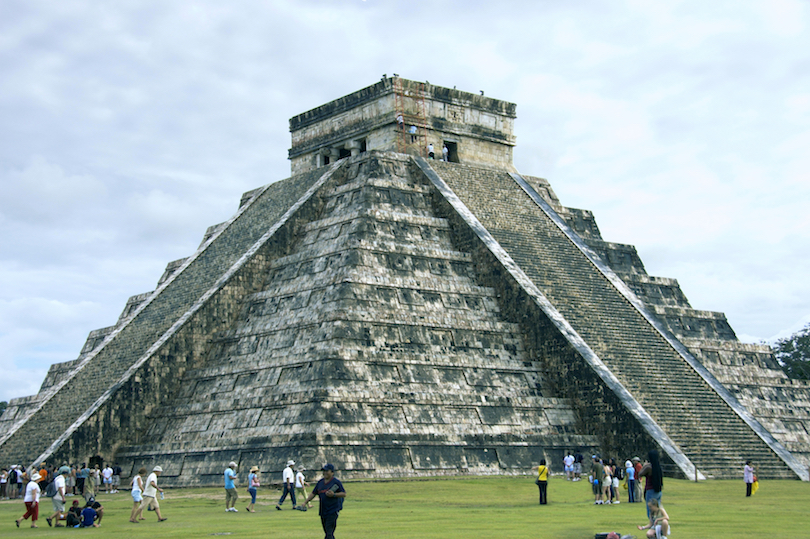
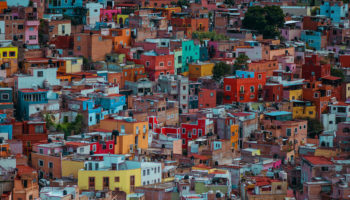
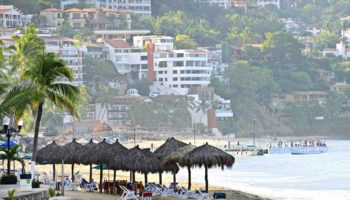
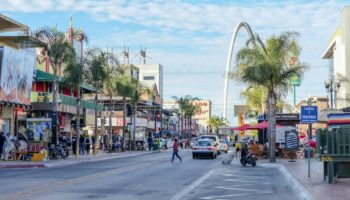
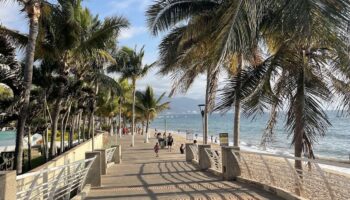

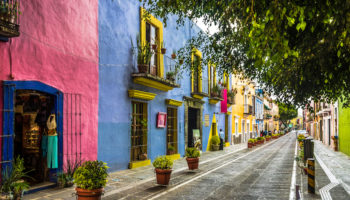
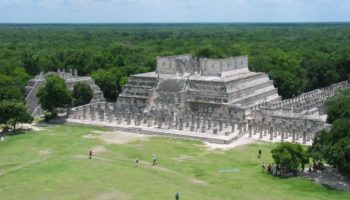
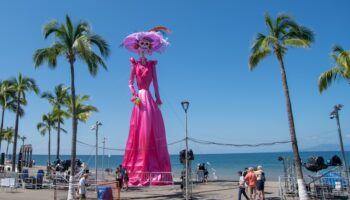
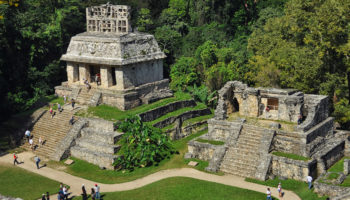

Leave a Reply